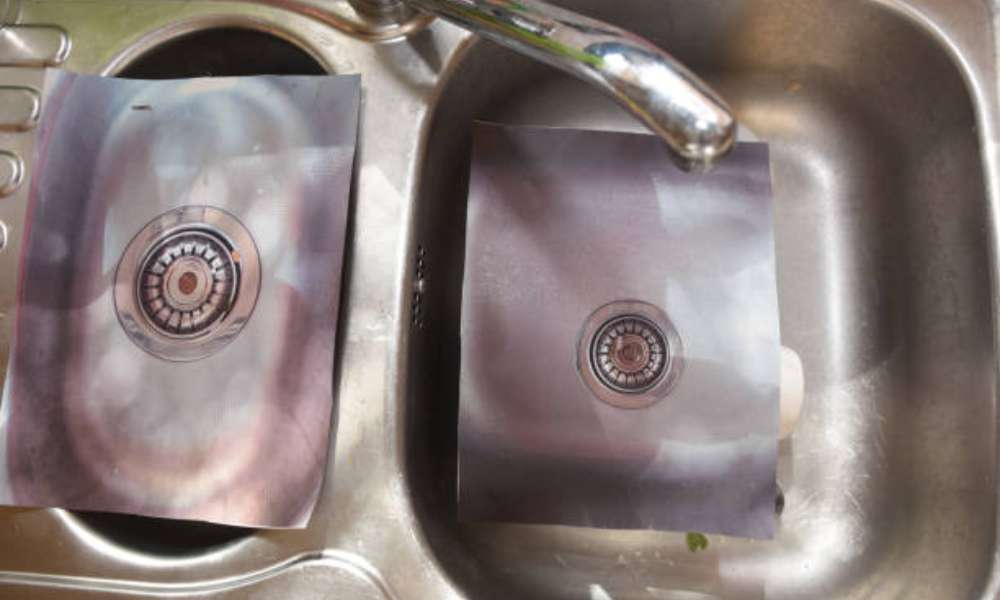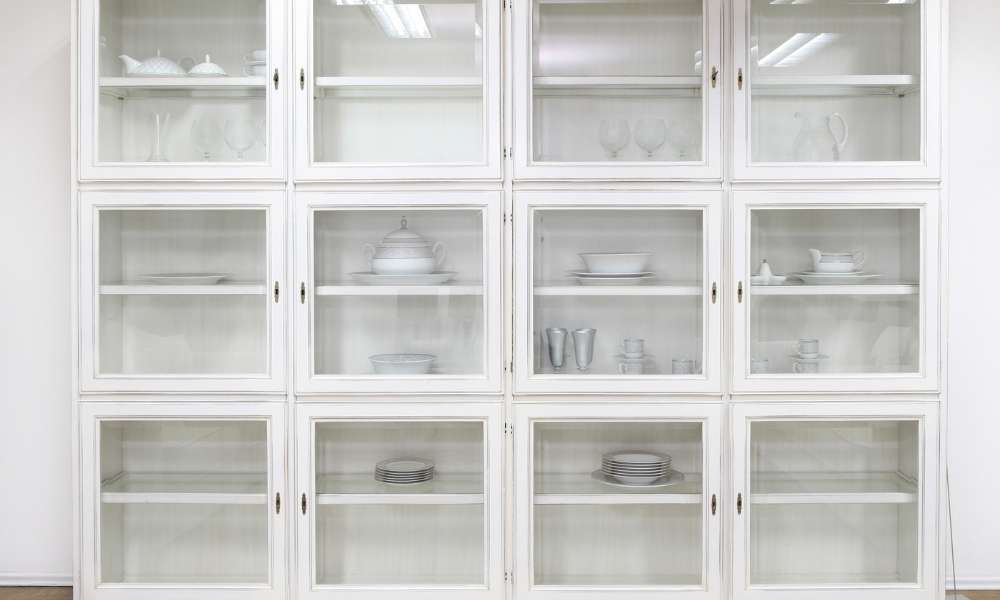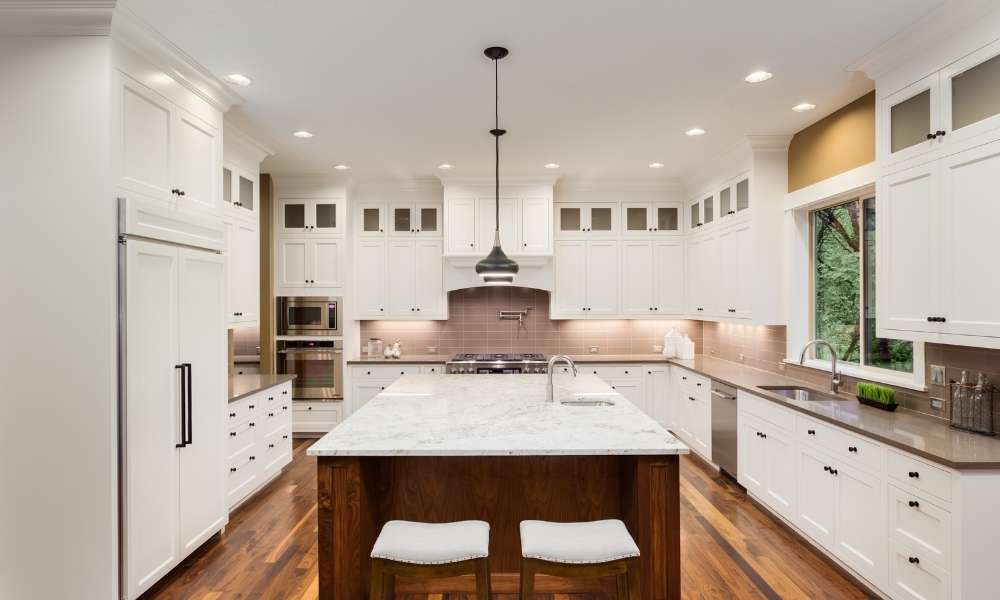Ensuring safety and compliance in commercial kitchens hinges significantly on the installation of a robust ventilation system. These systems are crucial not only for maintaining air quality but also for preventing fire hazards and meeting health regulations. The cost of a commercial kitchen ventilation system can vary widely, influenced by several factors. Key elements include the size of the kitchen, the type of cooking, local building codes, and the quality of the equipment. Additionally, installation complexities and the choice between custom or standard units also play pivotal roles in determining the final expense. Understanding these factors can help restaurant owners budget effectively for this critical investment.
Types of Commercial Kitchen Ventilation Systems
Commercial kitchens rely on effective ventilation systems to ensure safety, compliance, and efficiency. The primary types include exhaust hoods, make-up air units, and custom-designed systems. Exhaust hoods are essential for capturing smoke, heat, and grease, making them ideal for high-volume cooking environments. Make-up air units complement exhaust hoods by replacing the air removed, thus maintaining balanced indoor air pressure and improving comfort. Custom designs are tailored to specific needs, offering solutions that standard systems cannot provide, especially in kitchens with unique layouts or specialized cooking equipment. Each type of ventilation system offers distinct advantages, enabling restaurant owners to choose the best fit based on their cooking methods and kitchen size, thereby optimizing functionality and regulatory adherence.
Size and Scope of the Ventilation System
The size and scope of a commercial cookery ventilation system significantly influence its cost. Larger kitchens or those with high-volume cooking require more extensive ventilation capabilities, which can increase the overall price. To determine the appropriate size for a ventilation system, it is essential to consider factors such as kitchen layout, types of appliances used, and the volume of meals prepared. Proper calculation involves assessing the total air volume needed to efficiently remove heat, smoke, and odors. Investing in a correctly sized system ensures optimal functionality and compliance with safety regulations, while also preventing unnecessary expenditures on over-capacity equipment. Consulting with a professional can aid in accurately sizing a system tailored to your specific kitchen needs.
Material and Quality of Components
The materials used in commercial kitchen ventilation systems, such as stainless steel and aluminum, play a crucial role in determining both durability and cost. Stainless steel, known for its robustness and resistance to corrosion, is often preferred for its longevity and ease of maintenance, making it a cost-effective choice in the long run despite its higher initial price. On the other hand, aluminum is lighter and less expensive but may not endure the harsh conditions of a busy kitchen as well as stainless steel. The choice of material impacts not only the system’s durability but also its overall performance and maintenance costs. Selecting high-quality materials can result in a more reliable and longer-lasting ventilation system, ultimately affecting the cost-efficiency of the investment.
Customization and Additional Features
Customization in commercial cookery ventilation systems allows for enhanced functionality and efficiency but can also affect the overall cost. Common custom features include integrated lighting, which improves visibility and safety, and heat recovery systems that recycle heat for energy efficiency. These additions, while increasing upfront costs, can provide significant long-term savings and operational benefits. For instance, heat recovery systems can substantially reduce heating costs by reusing the heat generated by cooking appliances. The choice of these features depends on the specific needs and budget of the kitchen, with each customization tailored to improve the kitchen’s workflow and environmental footprint. Carefully selected custom features can optimize a ventilation system’s performance and energy usage, justifying the initial investment with their economic and practical benefits.
Installation Complexity
The complexity of installing a commercial kitchen ventilation system can significantly influence the overall cost, primarily through labor expenses. Factors such as space constraints and the integration with existing structures often require custom solutions and additional time, increasing installation efforts. For example, tight spaces may necessitate compact or uniquely shaped ductwork, while integrating with existing structures might involve modifications to accommodate new ventilation equipment without disrupting the current setup. These complexities require skilled labor, which can elevate the cost due to the specialized expertise and extended installation time needed. Understanding these factors can help restaurant owners anticipate potential challenges and budget accordingly for the effective installation of their kitchen ventilation system, ensuring functionality and compliance with safety standards.
Local Regulations and Compliance
Compliance with local health and safety regulations is a critical factor that influences the cost of commercial cookery ventilation systems. Local codes dictate specific requirements for ventilation to ensure safe and hygienic cooking environments, which can vary significantly from one region to another. Adhering to these standards may involve additional features or higher-capacity systems that can drive up initial expenses. For instance, certain areas might require systems with enhanced grease control or superior smoke extraction capabilities to meet more stringent air quality standards. Understanding and integrating these local mandates during the design and installation phases ensures legal compliance and avoids potential fines. Although meeting these regulations can increase upfront costs, they are essential for maintaining a safe kitchen and can prevent costly legal and health issues in the future.
Maintenance and Operational Costs
The ongoing maintenance and operational costs of commercial kitchen ventilation systems should be carefully considered when budgeting for such installations. Different systems require varying levels of maintenance to ensure optimal performance and compliance with safety standards. Regular cleaning of filters, ductwork, and exhaust fans is essential to prevent grease buildup and maintain airflow efficiency. Additionally, scheduling periodic inspections by qualified technicians can identify and address potential issues before they escalate, minimizing downtime and repair expenses. Predicting long-term operational costs involves estimating energy consumption based on the system’s efficiency and usage patterns. Investing in energy-efficient equipment and proactive maintenance can lower operational expenses over time, ensuring a cost-effective and reliable ventilation solution for commercial kitchens.
Choosing the Right Contractor
Choosing a skilled and reliable contractor is crucial when installing a commercial kitchen ventilation system. Look for contractors with extensive experience in designing and installing ventilation systems specifically tailored to commercial kitchens. Verify their credentials, including licenses, certifications, and past projects. Additionally, seek recommendations and read reviews to gauge their reputation and customer satisfaction .When looking for the right contractor to fix kitchen ventilation fan, it’s important to consider their experience and expertise in handling similar projects. A competent contractor can offer valuable insights, ensuring the system meets regulatory requirements and operates efficiently. While price is a consideration, prioritize quality and expertise to avoid costly mistakes and potential safety hazards down the line. By selecting the right contractor, you can ensure a smooth installation process and long-term reliability, ultimately optimizing the cost-effectiveness of your ventilation investment.
Cost-Saving Tips
To minimize upfront and long-term expenses, consider several cost-saving measures when investing in a commercial kitchen ventilation system. Opt for energy-efficient designs that prioritize airflow optimization and minimize power consumption. Choose equipment with high-efficiency motors and controls to reduce energy usage without compromising performance. Additionally, conduct regular maintenance to prevent costly repairs and ensure the system operates at peak efficiency. Implementing proper grease management practices can extend the lifespan of filters and ductwork, reducing replacement costs. Lastly, invest in quality components and installation to avoid future issues and ensure long-term reliability. By incorporating these cost-saving strategies, businesses can achieve optimal ventilation performance while maximizing their return on investment over time.
Real-World Examples and Case Studies
Real-world examples and case studies offer valuable insights into the costs associated with commercial kitchen ventilation systems. Recent installations showcase various approaches and budgeting strategies adopted by businesses. From small cafes to large restaurants, these case studies highlight the importance of proper planning and budget allocation for ventilation projects. Lessons learned include the significance of prioritizing essential features, conducting thorough research on equipment options, and considering long-term maintenance expenses. By studying these real-life examples, businesses can gain practical knowledge and make informed decisions when investing in their own commercial cookery ventilation systems, ultimately ensuring cost-effectiveness and regulatory compliance.
Conclusion
Several key factors influence the cost of a commercial kitchen ventilation system. From the size and scope of the system to the materials used, customization options, and compliance with local regulations, each aspect plays a significant role in determining the overall expense. Moreover, installation complexity, ongoing maintenance requirements, and the choice of contractor also contribute to the total cost. To plan and budget effectively, businesses should carefully consider these factors, prioritize essential features, and explore cost-saving strategies such as energy-efficient designs and proper maintenance practices. By investing in a well-designed and properly installed ventilation system, businesses can ensure a safe, compliant, and efficient kitchen environment while optimizing the long-term cost-effectiveness of their investment.





